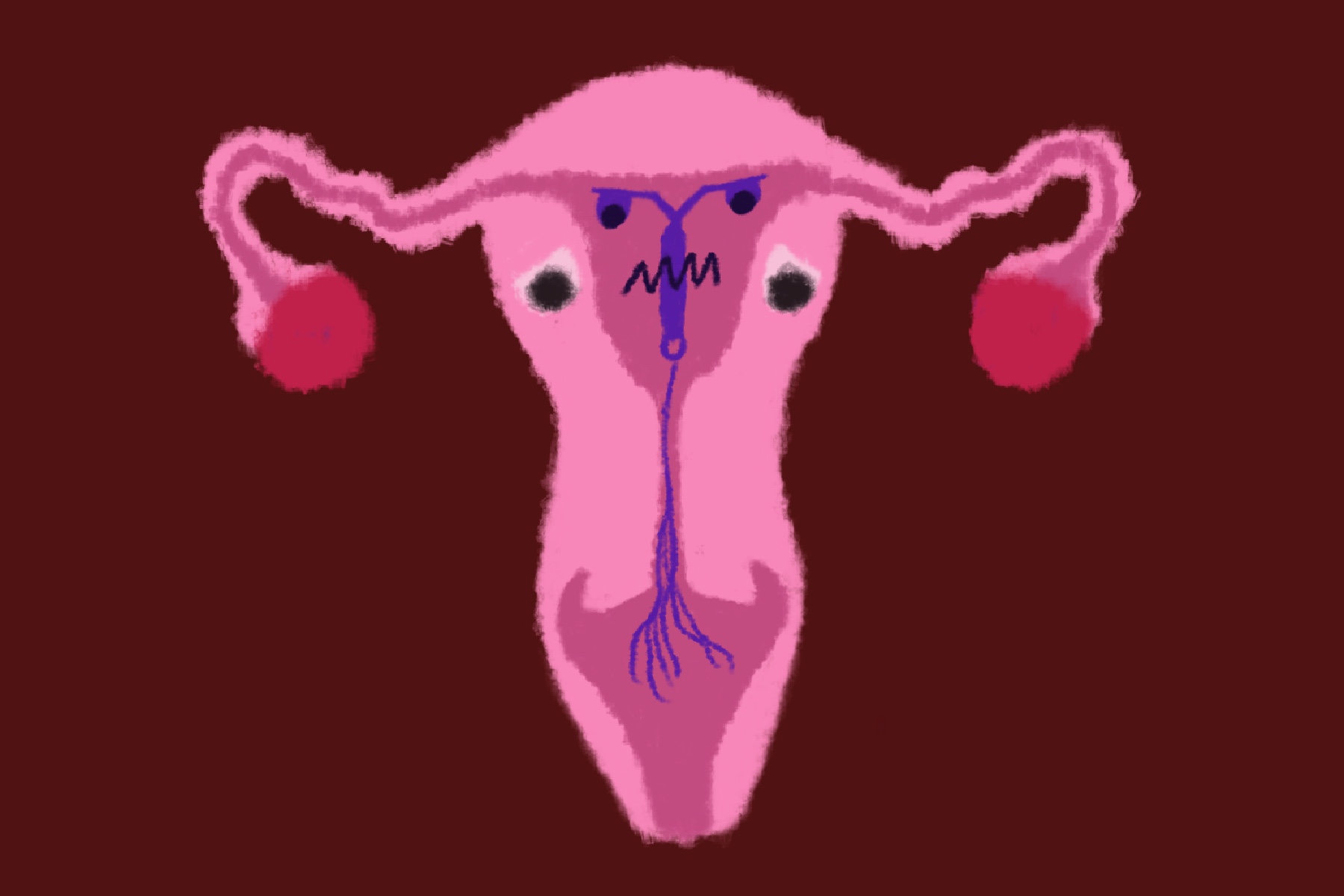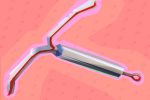When people hear the term “birth control” they often think of the pill. But nowadays, there are many other methods of birth control that are more effective and less anxiety-inducing than making sure to take a pill on time every day. IUD stands for intrauterine device and is a type of birth control that is inserted into a woman’s uterus by a doctor or nurse. That might sound like a permanent or scary type of birth control, but it’s actually an awesome alternative to the pill. I got the copper IUD and have had it for two years. Here is my experience.
Types of IUDs
There are two main types of IUDs, the first being a hormonal one made out of a small, flexible piece of plastic shaped like a T. The hormonal IUD releases a tiny amount of the hormone progestin into your body over several years; this thickens the mucus on the cervix, making it impossible for sperm to fertilize an egg. It also stops ovulation, so no egg, no fertilization. No pregnancy.
The copper IUD is also a small T-shaped device, only it has a layer of copper around it. It does not produce any hormones, but copper changes the way sperm cells move, so they can’t swim to the egg. One of the great facts about IUDs is they’re not permanent, yet they last for many years. If you decide you want to get pregnant or if you just don’t want an IUD anymore, a doctor or nurse can take it out at any time and your fertility goes right back to normal.
The copper IUD lasts for up to 12 years before it expires, and the hormonal IUD lasts about seven years before you should get it removed. Even if you have your IUD for the full term and still want it, all you need to do is get the old one removed and a new one inserted. You can keep the new one until it expires and then repeat the cycle.
Why I Got an IUD
The whole reason I got an IUD in the first place is that I, like many unthinking young people, had unprotected sex. Of course, this led to me freaking out and researching like crazy because most emergency contraceptives wouldn’t be effective thanks to the medicine I take. I wasn’t on any birth control because the only types I knew were hormonal ones like the pill and my medicine would, again, render those ineffective. I did not want to be pregnant, so I frantically tried to find a solution.
A unique bit of information about the copper IUD is that it also works as an emergency contraceptive and is non-hormonal, as I learned when I arrived at Planned Parenthood. Copper IUDs are actually the most effective method of emergency contraception. If you get one inserted within five days of having unprotected sex, it’s more than 99.9% effective against pregnancy.
I was relieved because I wouldn’t have to worry about a hormonal birth control not working, but also worried about the insertion of this copper IUD. Would it hurt? What if it gets put in wrong? Will it fall out after I leave? I asked the nurse all these questions and she reassured me, especially on the one I was most concerned about — it depends on the person, but the insertion usually feels like a bad period cramp for a short moment.
My Experience With the IUD Insertion
As for whether the IUD gets put in wrong, the nurse told me she’s done hundreds of this exact procedure. And no, the IUD will most likely not fall out after you leave. I felt much more at ease hearing her words of wisdom as I lay on the table waiting for her to start the insertion.
I admit you do feel a little exposed and nervous waiting for the IUD to be put in, just because you’re not entirely sure what to expect. The first thing I felt when the nurse started was a bit of pressure, but nothing disastrous. The way the IUD gets inserted is that your doctor or nurse will use a special inserter to put the device in through the opening of your cervix and into your uterus. Sounds a little scary right? But I can assure you it’s not as bad as it seems.
The nurse directed me to cough a couple times as she was inserting the IUD to lessen the pain, and it worked. The pain does feel like a bad period cramp, but luckily it only lasts for a minute or two. Oftentimes before you go to your insertion appointment, you’ll be advised to take some Tylenol or Advil so the pain will be lessened, which I did and would recommend.
Overall, the insertion experience wasn’t bad and I will gladly do it again after 12 years in exchange for not having to worry about birth control. The insertion process took less than five minutes and was a lot less terrifying than I thought it would be.
What Happens After Insertion
After the copper IUD was inserted, I felt fine; maybe I had some cramping for the first day or so but it went away quickly. At first, after I left Planned Parenthood I was afraid to cough, sneeze or go to the bathroom in fear of the IUD coming out. But that fear subsided after a few days when I researched and found it’s highly unlikely the device will come out of place. While it’s possible, an IUD slipping out of place would usually only happen within the first three months of having it put in.
There’s a string that will come down from the IUD after it’s inserted, and the last one or two inches hangs out of the cervix. This extra length of string exists so you can get the IUD taken out once the time comes. I found out that as long as I don’t pull on the string, there’s hardly any chance the IUD can move at all.
Some people get more intense side effects than I did after IUD insertion, but it depends on what type you get. Hormonal IUDs can cause cramping and spotting for three to six months, while copper IUDs can cause heavier periods and worse cramps. Usually these side effects go away with time, but if they don’t, it’s never a bad idea to contact the doctor or nurse who put the device in.
My copper IUD started working right away after I got it inserted, but hormonal IUDs take up to seven days to become effective. I would consider which IUD sounds right for you and talk to your doctor about whether you need the device to start working right away or not. It’s all about preference.
I think the IUD in general as a birth control method is amazing, and I’m happy I got one put in, albeit under stressful circumstances. I’ve had my copper IUD for two years now and am loving it. I have no side effects and barely notice it’s even there 99% of the time. As for cost, my health insurance, like most will, covered the insertion and everything having to do with the IUD. You can also work with Medicaid and other government programs to see what types of IUDs are covered.
If you’re considering an IUD as a birth control method but are possibly intimidated by the insertion or seeming permanence of the device, know that getting it will be one of the best decisions you can make. The upfront cost and insertion are beyond worth it when you consider the fact that an IUD lasts for years. There’s no pill or monthly shot you need for birth control, just a little T-shaped device in your uterus you hardly ever notice.
















